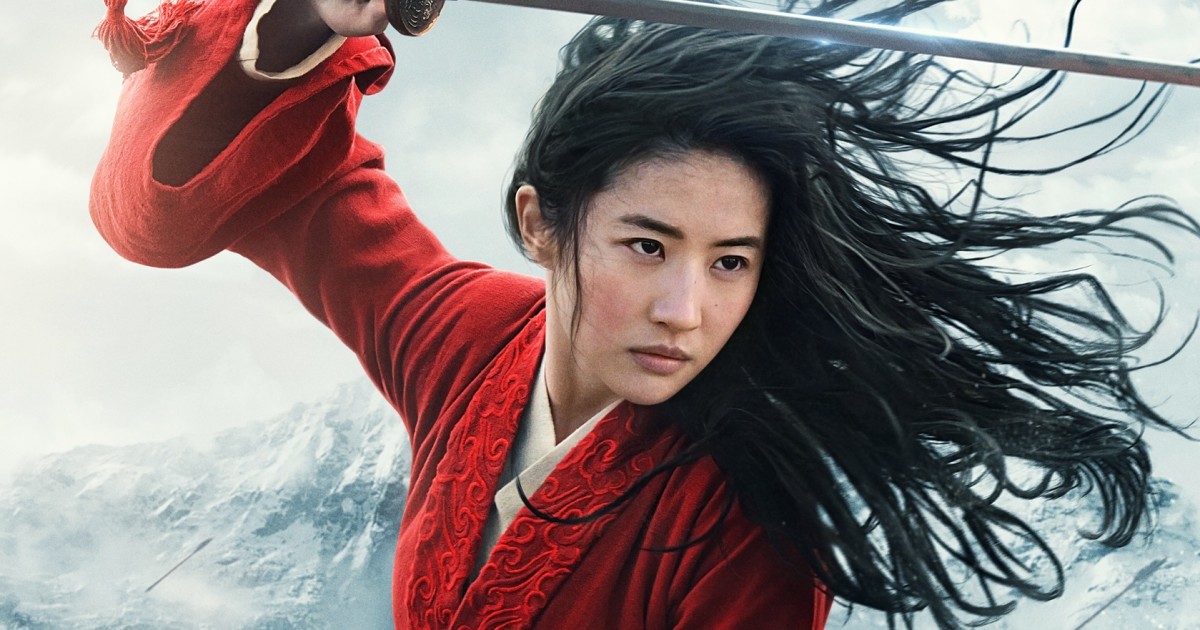Table of Contents Show
Remake fever has gripped the film industry. Many studios have been relying on existing stories to bring in audiences, to the point that the biggest movies each year tend to be sequels, reboots, or adaptations. Disney is particularly committed to this trend. The company has produced a steady stream of remakes over the past decade, converting many of its animated classics into live-action. Its realistic version of Mulan is the latest example, and perhaps the most wearying.
Disney’s nostalgia machine has produced quite a bit of revenue so far (( Sarah Whitten, “Disney’s Remakes Have Made More than $7 Billion Globally since 2010,” CNBC, July 27, 2019. )), but it also has some audiences lamenting the lack of original stories from Hollywood. In the last twenty years, it seems as if every movie comes from somewhere else, from older films to obscure books; but is this perception really accurate, and are remakes really that bad? Remakes can serve a worthwhile purpose, but entertainment companies are currently producing them too often and without the care needed to make them fulfilling.
The Remake Apocalypse
It may seem like remakes are more common now than ever before, but this assertion isn’t entirely accurate. Filmmakers have been copying each other since the nickelodeon era, and audiences have been willing to watch for just as long. If we look at historical trends of non-original stories, we can see that they actually peaked in the 2000s and declined in the 2010s (( “100 Years of Movie Remakes,” accessed October 11, 2020. )). However, this study only dealt with pure remakes. If we include all non-original movies, we find that original stories are being overshadowed more often now than they were in the past ((Thomas Ling, “Are There Really More Movie Sequels and Remakes than There Used to Be?,” Radio Times, September 19, 2019. )).
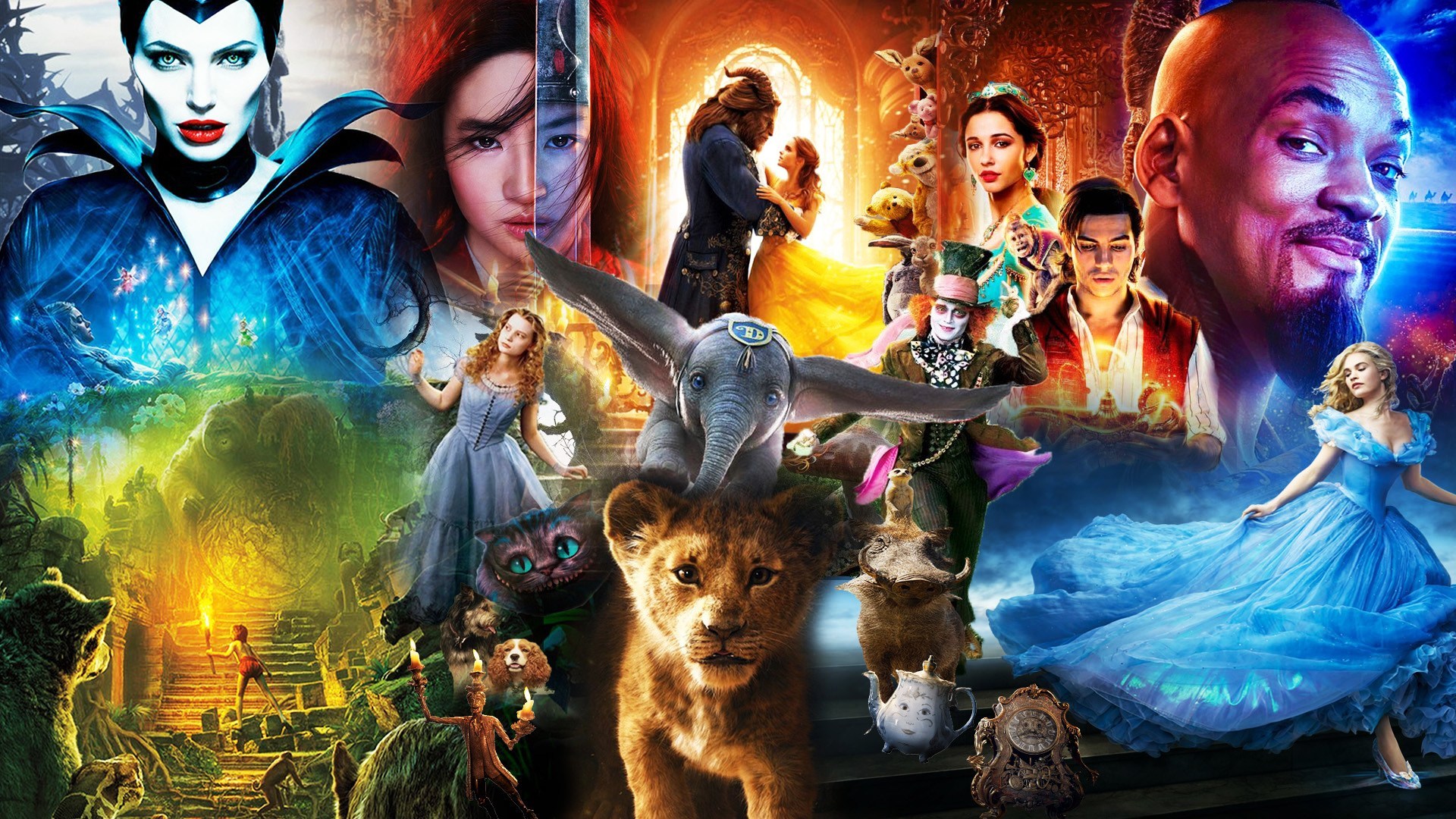
Of course, the meaning of these findings differs depending on how we define “remake.” For this article’s purpose, remakes will include any story based on another, which includes reboots, spinoffs, prequels, and adaptations. Sequels may be included depending on whether or not they were planned. If a movie or group of movies is clearly stand-alone but then makes a sequel for profit, the sequel will count as a remake.
Furthermore, remakes can be made in any medium, not just film, but movies are a particularly common avenue for adaptations. Remakes tend to do particularly well at the box-office, and most of the examples below come from the big screen. Even so, they are commonly found on television as well as in theater and literature. With these guidelines, we can delve into the reasons for producing or avoiding remakes.
When Is A Remake Justified?
Although they may sometimes be annoying, some of the most well-loved and highest-grossing movies of all time have been remakes. But what separates these films from those that induce nothing but groans and eye-rolls? Below, we’ll take a look at some of the best reasons for producing a remake.
Exploring A New Medium
One risky but potentially rewarding avenue for remakes is the translation into an entirely new art form. This most commonly involves taking a literary story and translating it into film or television, but other forms can include film to theater or television to comic book. This kind of remake can go very wrong, but, when done with care, it can produce a high-quality story that explores and respects the original.
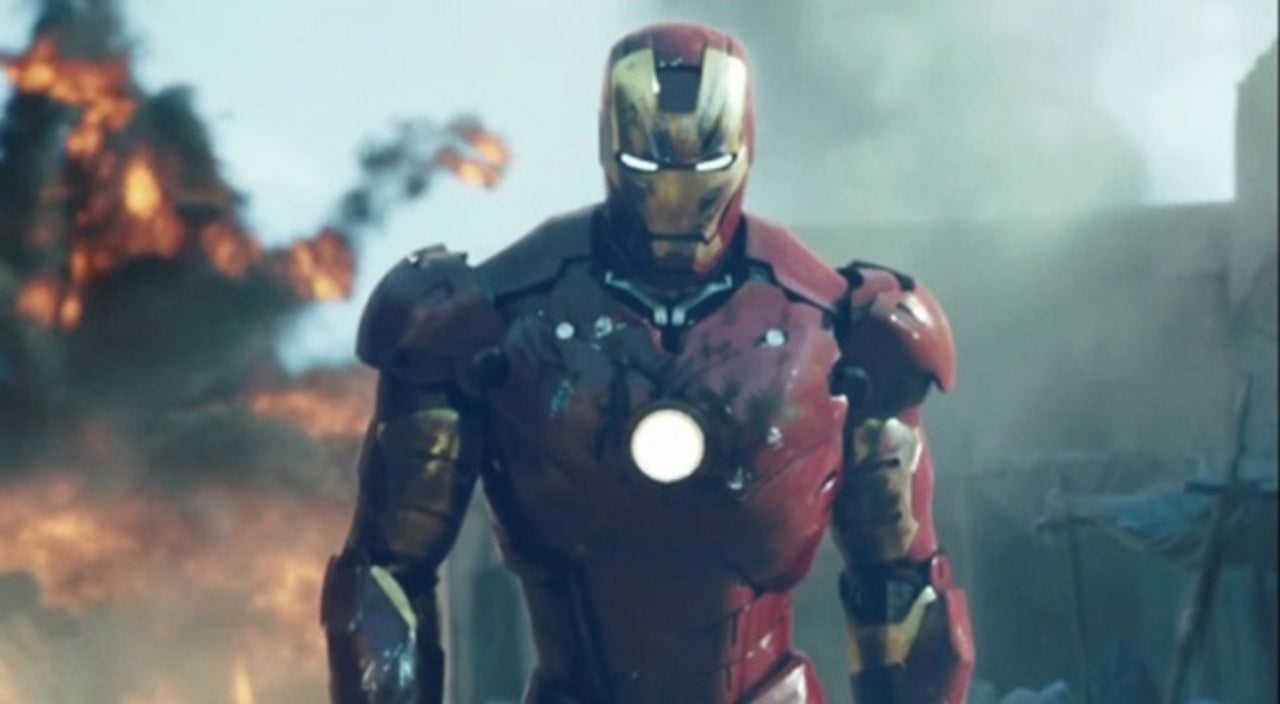
The most popular and lucrative example would probably be the Marvel Cinematic Universe, which was based around the Marvel comics and has since become the highest-grossing film franchise in history ((Jennifer Wood, “10 Highest-Grossing Movie Franchises of All Time,” Mental Floss, March 18, 2019. )). There are several reasons behind the MCU’s success, but one of the most fundamental is that comic books and films are well-suited for translation into one another.
Comics are split into frames, much like shots in a movie, and they are highly visual with enough flash and energy to work well on screen. Especially now that CGI technology has made it possible to produce films as visually stunning as their comic counterparts, movies can reflect comic books’ colorful spectacle.
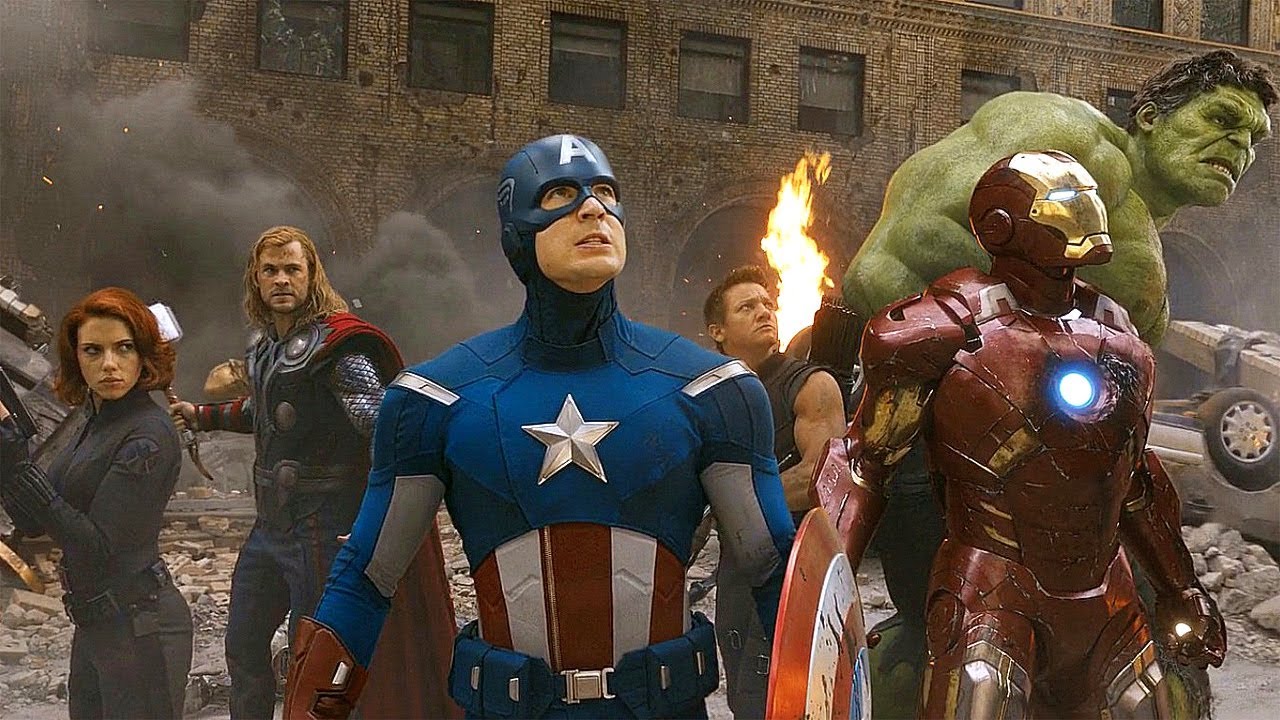
The best stories are tailored to their mediums. A skillful novel will take advantage of its characters’ inner thoughts or narration, and the best television shows make good use of the episodic structure. For this reason, not all mediums are equal when it comes to translation, and a wrong choice can immediately doom an adaptation. However, remakes that carefully select a new form for a beloved story can successfully breathe new life into the original work.
Making An Inaccessible Story Popular
Ah, the classics. Most of us remember our English class time as a slog of literary analysis essays and tongue-twisting Shakespeare passages. For many, Shakespeare and other antiquity, writers don’t hold the magic that teachers claim they do. There’s no doubt that these stories are classic for a reason, and reading them in their original form has value. However, remakes of these stories, adaptations especially, can open the doors to reluctant audiences.
Remakes better service no writer than Shakespeare. Students are usually forced to consume his works in book format, reading aloud at best. Yet these stories are often much more enjoyable when watched on film. This isn’t just an intellectually lazy way to consume the Bard’s works; it is actually truer to his original stories’ theatrical form. Seeing actors voice these lines rather than reading them can also help decode the plays’ archaic language, making it easier for students to understand the plot.
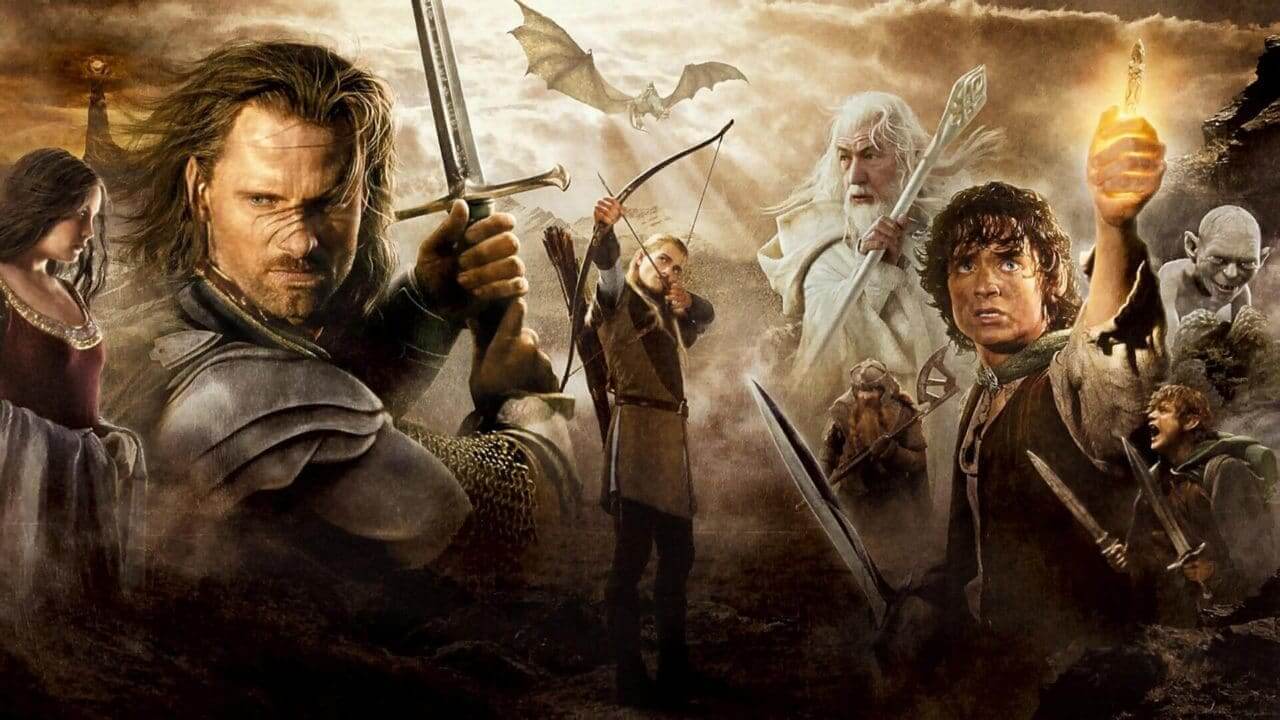
This doesn’t just apply to the literary classics covered in high school. Take Lord of the Rings, for example. There are merits to arguing that people should read the trilogy rather than just watching it, but let’s face it: those books are dense. To those with neither the patience nor the time to read a book the size of a refrigerator, the movie adaptations allow them to enjoy the story with less commitment. Is reading beneficial and enriching? Absolutely. Does everyone have time for it? Unfortunately, no. In this case, remaking Lord of the Rings into a film trilogy gave the story a wider reach and strengthened its legacy.
Updating A Good Story With Problematic Elements
Sometimes, our favorite stories are beautiful, poignant, joyful, but also painfully prejudiced. In certain cases, the plot and characters are too wrapped up in stereotypes for the work to be salvaged. However, some stories with harmful portrayals are good enough to merit a remake, albeit without the original’s exclusionary messaging. Few remakes are made for the sole purpose of updating a prejudiced story, but all of them should look for issues in the source material and seek to do better.
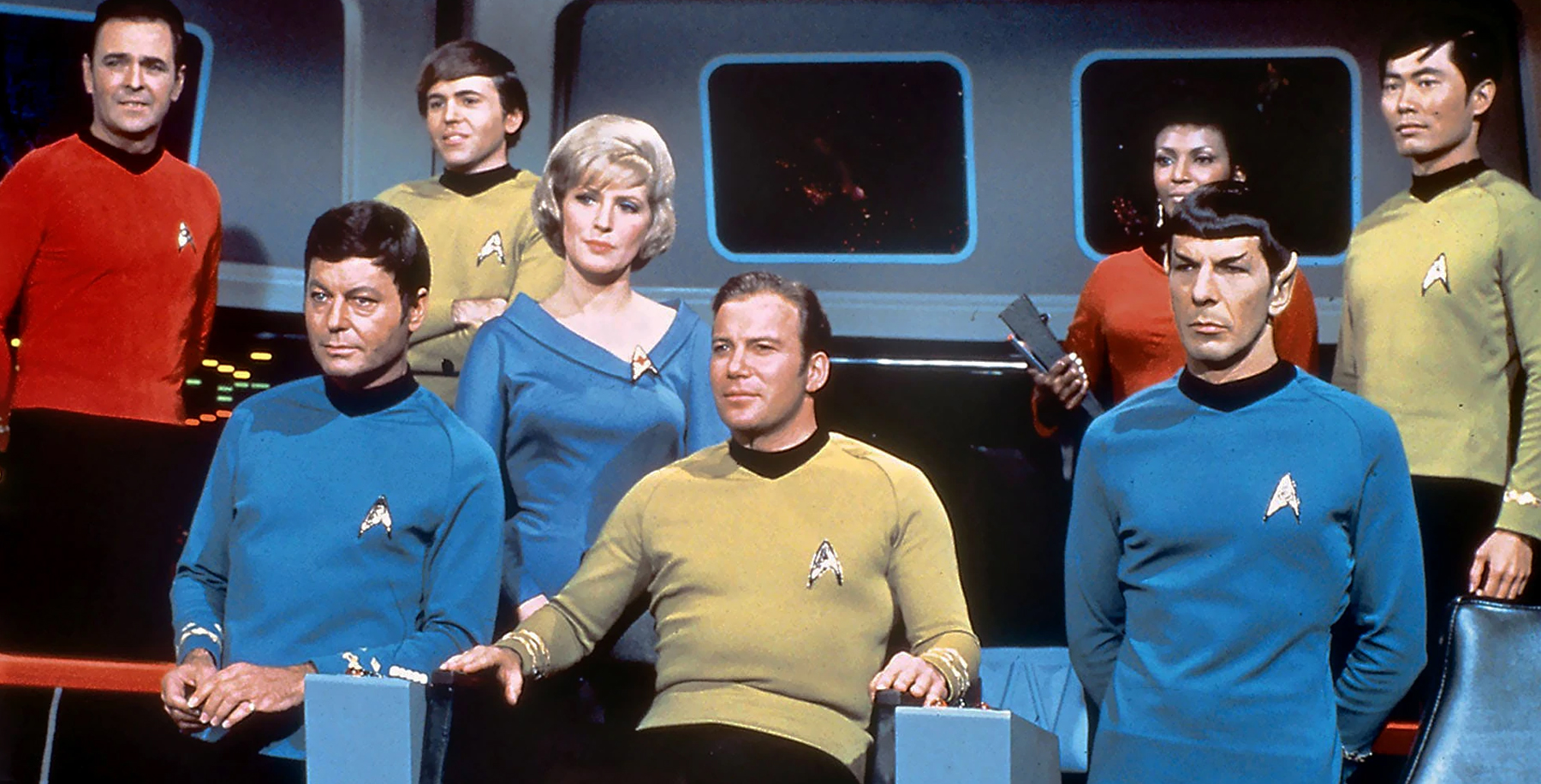
Often, this is a gradual process of growth. The original Star Trek was considered progressive in its time, but it had lots of issues, especially with sexism. Even so, its idealistic concept made it worth reviving. When Star Trek: The Next Generation was made, it included better representations of women. It certainly wasn’t perfect, but it was a step forward. Until the 2009 movie decided to put its women back in miniskirts, that is. Regardless, taking old stories with offensive elements and making them more inclusive is a viable reason for a remake.
A Careful Continuation Of A Beloved Franchise
Sometimes, an outstanding story is best left alone. These stories come, blow the audience away, drop the mic, and leave the stage for good. A film like Inception works best as a stand-alone, with no sequels, spinoffs, or anything of the sort. Even so, many stories spawn remakes for the sole reason of giving fans more. If done well, this remake can add another dimension to the franchise and give fans something else to love.
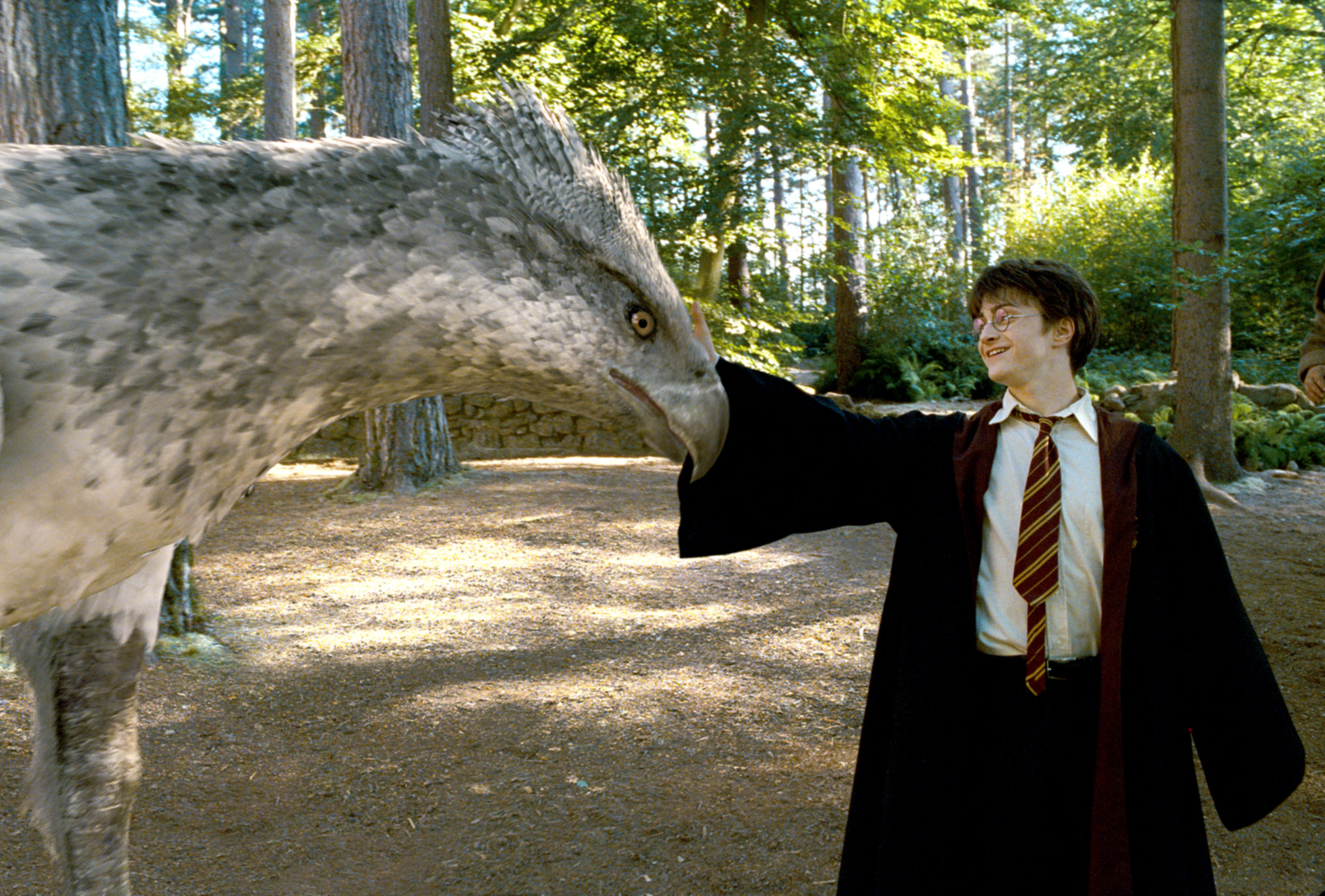
One good remake made for no other reason than fanservice is the Harry Potter film series. These movies work because they add value to the source material without weighing on it. The Harry Potter films did have to leave out some crucial plot elements, but they created a strong aesthetic for the wizarding world that stayed true to the tone of the books. They even managed to avoid some of the original’s questionable features, like the uncomfortable assertion that house-elves enjoy their enslavement.
The key to this type of remake is respect and caution. Exhaustion often follows when spinoffs try to squeeze entire stories out of minor plot elements, and remakes like this aren’t a good time for a writer to put “their own spin” on a beloved story. As long as the producers tread carefully, these works can be a valuable addition to the original concept.
Giving A Bad Story With Potential Another Chance
One of the most disappointing things to witness is an amazing concept crushed by poor execution as an audience member. This can happen for many reasons, including poor special-effects technology, disrupted story flow, or other production issues. This category would also include obscure source material that has good ideas but never reached popularity. In cases like these, remakes might be able to learn from the original’s failures and give the idea another chance.
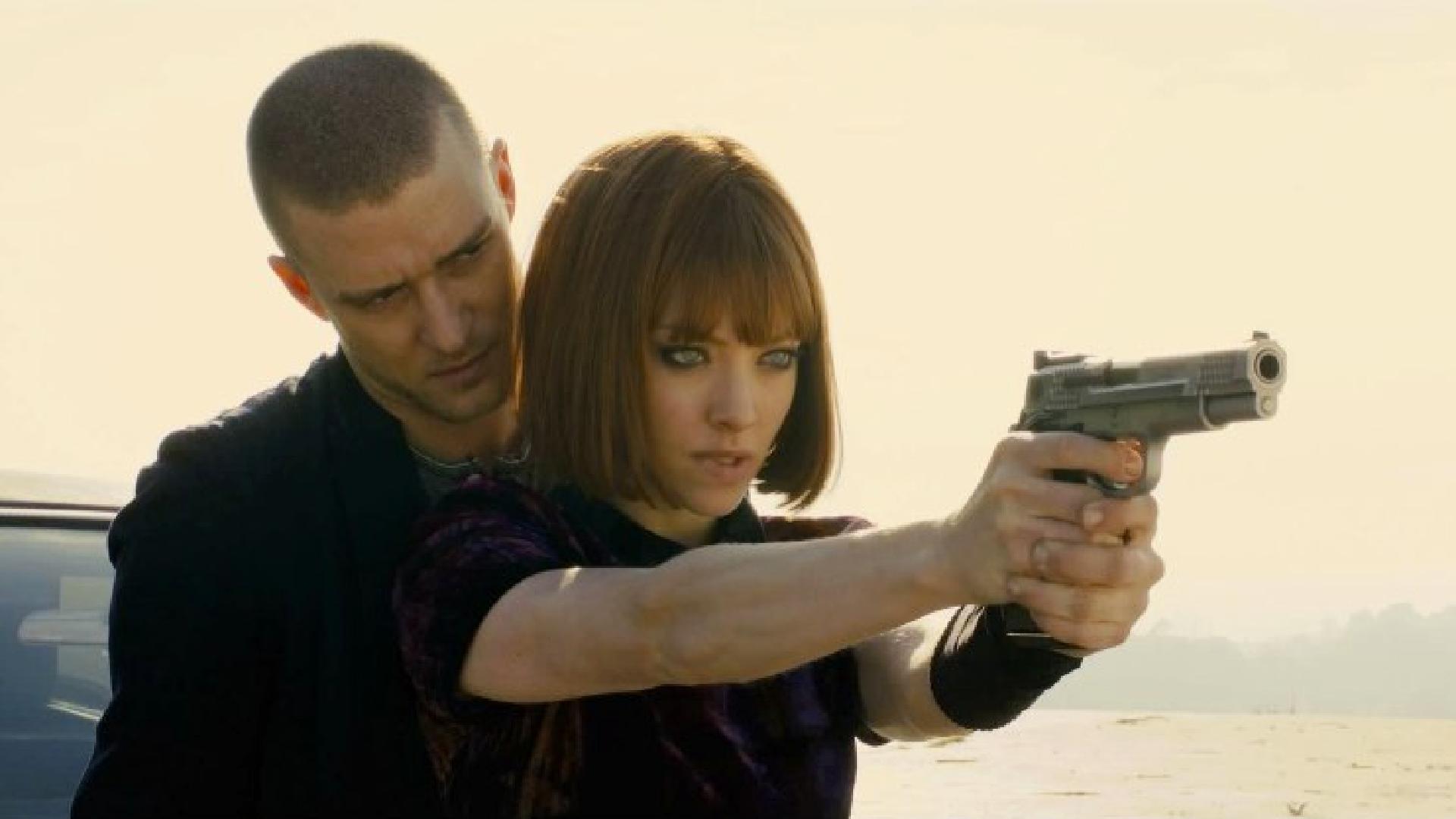
One original story that might benefit from a remake is the film In Time. The core concept of the idea is that the human lifespan is used as currency. The rich might have hundreds of years of life, while the poor have to live with only a few days at a time. This is an incredible premise for a film, but the execution falters. Remaking such stories could give good ideas another chance to make an impact on the audience.
When Should Producers Reconsider?
Despite these examples of good remakes, many of them don’t fare so well. Their pre-established audiences and storylines make them attractive targets for producers wanting to make easy money. Below, we will examine some seductive but faulty reasons for remaking a story.
Poor Translation Into A New Medium
Some storytelling forms don’t go well together. Good stories usually take advantage of their medium, and converting to another sometimes causes problems. Comic books and movies might translate well into each other, but television shows and movies do not. For a tragic example, look no further than M. Night Shyamalan’s The Last Airbender, which took over eight hours of quality television and crammed it into ninety minutes. Watered-down plots are common when other stories are converted to film, but issues can occur whenever a story is adapted into a different medium.
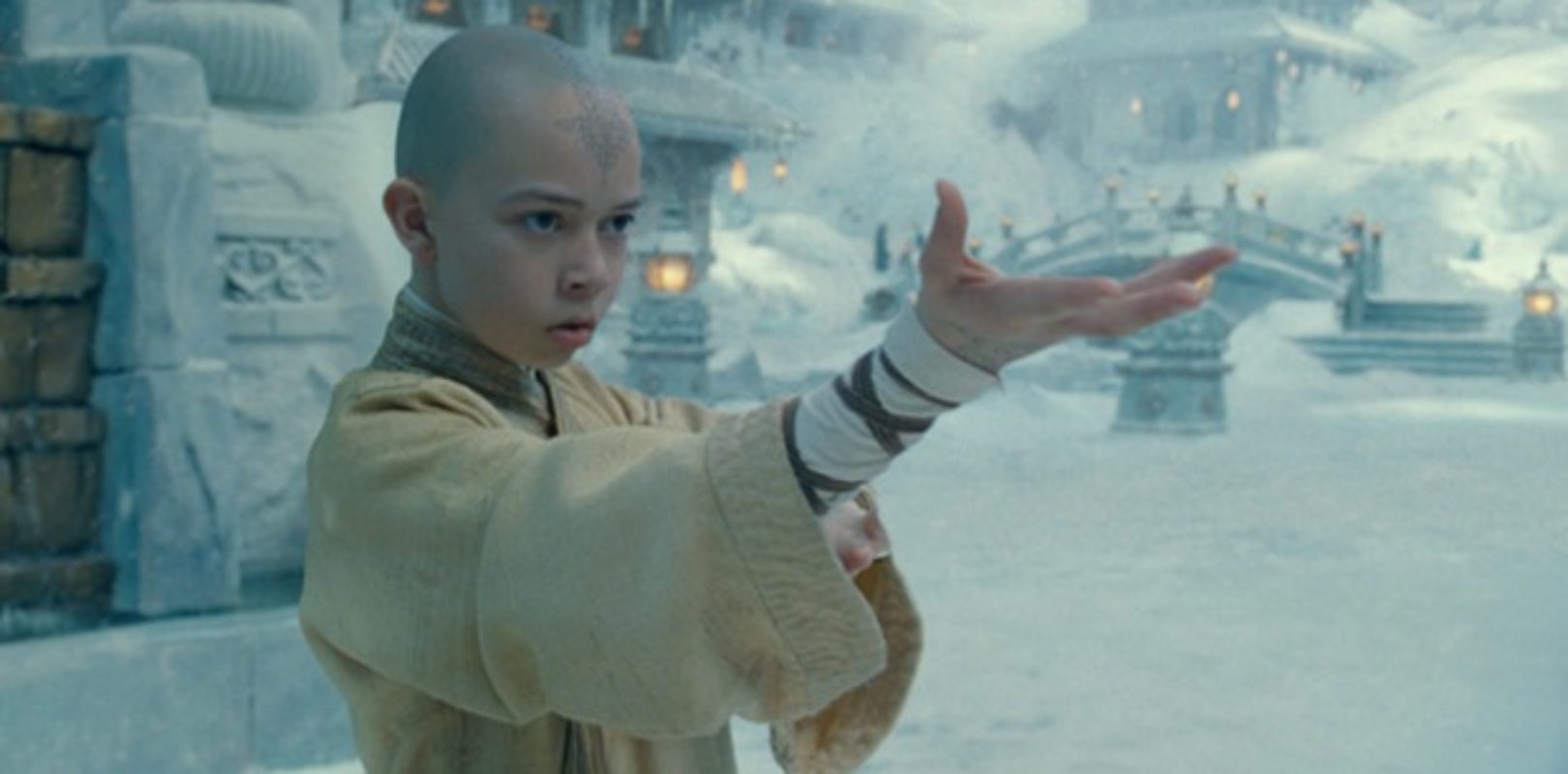
To continue with injustices towards Avatar, plans have been made for a live-action remake of the show ((Mae Abdulbaki, “‘Avatar: The Last Airbender’ Netflix Live-Action Release Date, Cast, Trailer, and Updates,” Inverse, August 12, 2020. )). This is another example of often-incompatible mediums: animation to live-action. Like many cartoons, a major part of Avatar’s charm is its animation, and scrapping that can have implications for the tone and content. A recent example would be the live-action version of The Lion King. The animals were so impressively rendered that they were incapable of producing recognizable facial expressions, once again proving that mediums don’t always fit the same story.
A Story That Ended Perfectly
All stories must end. There is something to be said for that perfect ending, where the reader stares at the final word with teary eyes, or when the audience is too dazed with awe to remember to leave the theater. In these cases, sequels should be off-limits. If a story sticks the landing, it shouldn’t be forced to do another few backflips for extra cash. The list of unnecessary sequels is long, including works like Jaws 2 and Legally Blonde 2: Red, White, and Blonde. The original stories were wrapped up nicely and tied with a bow, but producers decided to rip that package back open and stuff more content inside.
This category of a remake is more specific to sequels. Carefully-planned spinoffs can be a satisfying way to continue a beloved franchise without actually dragging on the core story. Still, the careful structuring required for the original’s perfect ending could easily fall apart in the translation process.
Authorial Fanfiction
Being the creator of a beloved work of fiction must be an incredible feeling. So incredible, in fact, that some authors get woozy on their own success and publish fanfiction of their own stories. Identifying this type of remake requires more subjectivity on the consumer’s part, and fans will often disagree over what counts. In general terms, authorial fanfiction happens when the creator produces remakes or spinoffs that don’t fit their own stories’ rules or tone.
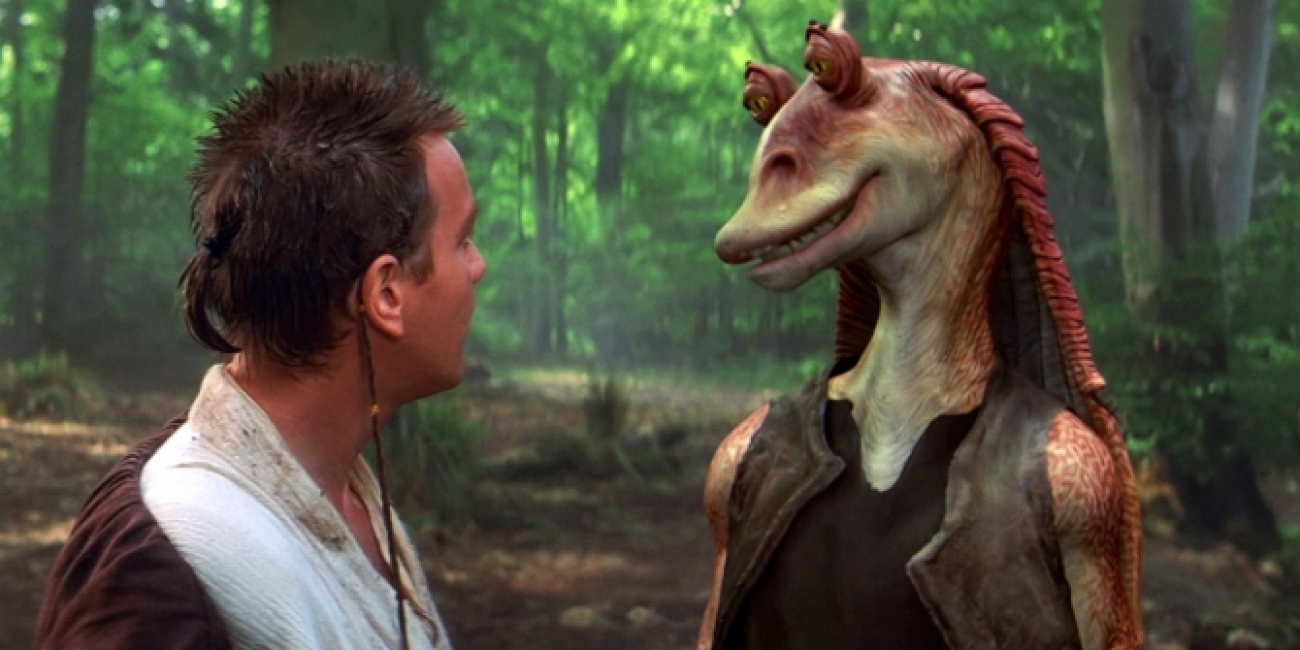
An example from literature is King of Scars. The author warps her hard magic system beyond recognition to write a five-hundred-page love letter to a secondary character. Remakes like this often include bizarre elements that seem straight from the creator’s oddest daydreams, and they usually clash in a significant way with the original work. The Star Wars prequels and Harry Potter and the Cursed Child are excellent examples of both concepts. Remakes like this differ from cash grabs because, for all their faults, they were crafted with love, not greed. Unfortunately, the results are too similar for them to be worth it.
Cash Grabs
Listen up, Disney.
Perhaps one of the best ways to soil the name of remakes is to churn them out in a series of obvious cash grabs that are both insipid and soul-sucking. Spotting a cash grab in the wild is usually pretty simple. Did the original story make tons of money? Is the original a beloved part of the target audience’s childhood? Did the remake add any real value? If you answered yes, yes, and no, then you’ve got a cash grab.
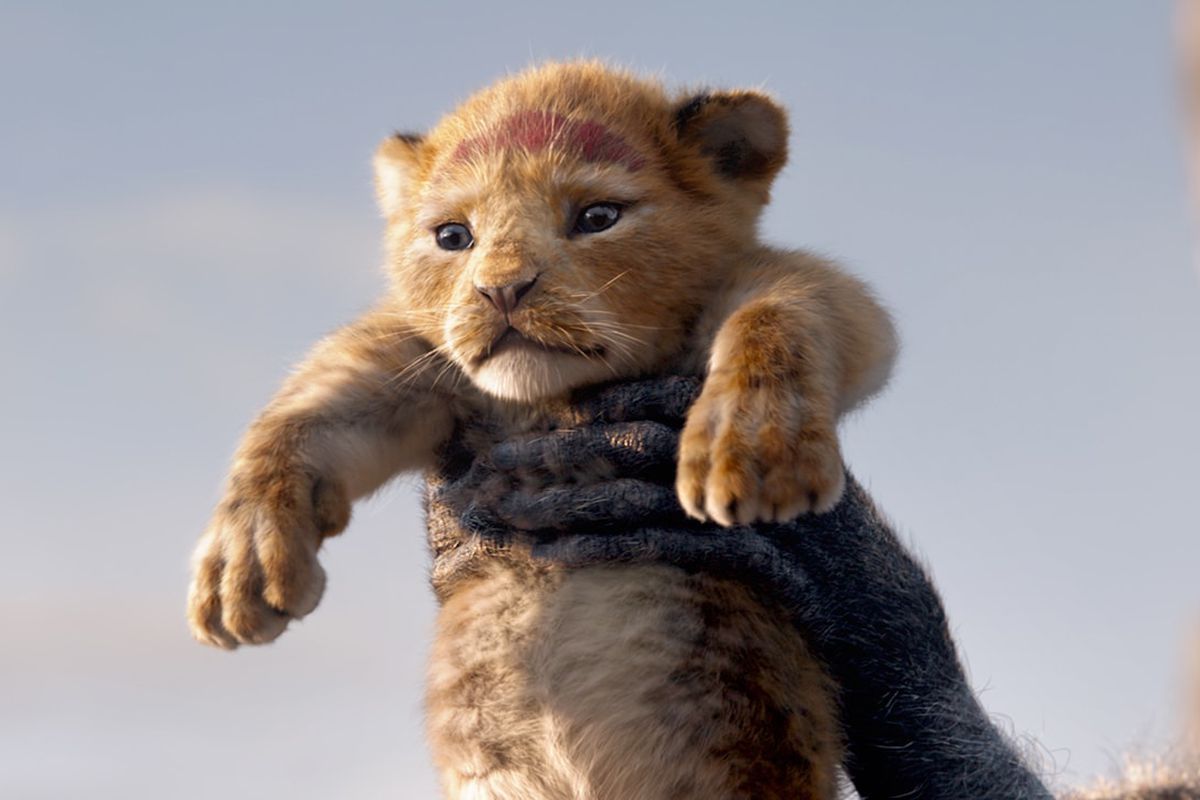
Cash grabs can technically be done well, yet by their very nature, they tend to be lifeless in their execution and tainted by the fact that they were obviously made to rake in the dough. Of course, that doesn’t stop us from giving our money to feel a tiny flicker of nostalgia. For that reason, cash-grab remakes probably won’t be going away any time soon. Hopefully, though, we can find the strength to put a stop to it before we’re cursed with a live-action Ratatouille.
Audiences Need Original Content
With all the different ways to make or break a remake, it becomes clear that non-original works are a double-edged sword. Often, they are recklessly made spectacles used to avoid coming up with something new. They can also be lovingly crafted masterpieces that continue to develop a beloved story. Even so, many audiences are tired of the constant stream of copycat content. Original stories are often more artistically fulfilling, and they present an opportunity for the creator to bring a new message to the table.
Yet they also represent quite a bit of risk. The film industry is in a vulnerable place right now, and it is unlikely that studios will be willing to buck the remake trend in a time like this. After all, remakes are good at making money. With the ongoing crisis, remakes will likely act as a safety net for floundering studios. The best we can hope for is that creators use restraint and care when handling another story.
